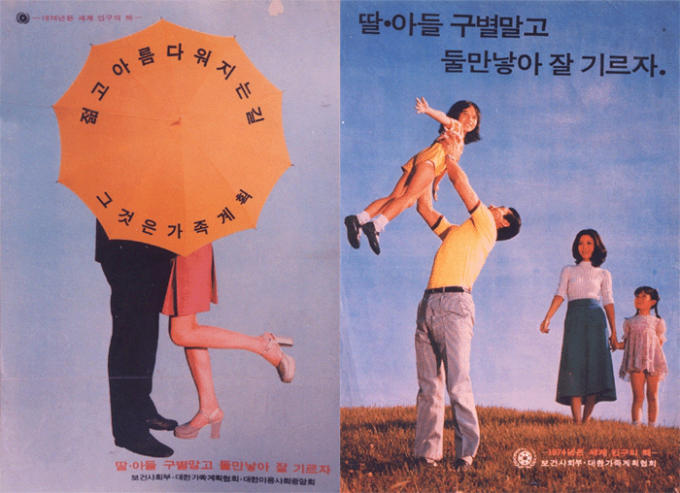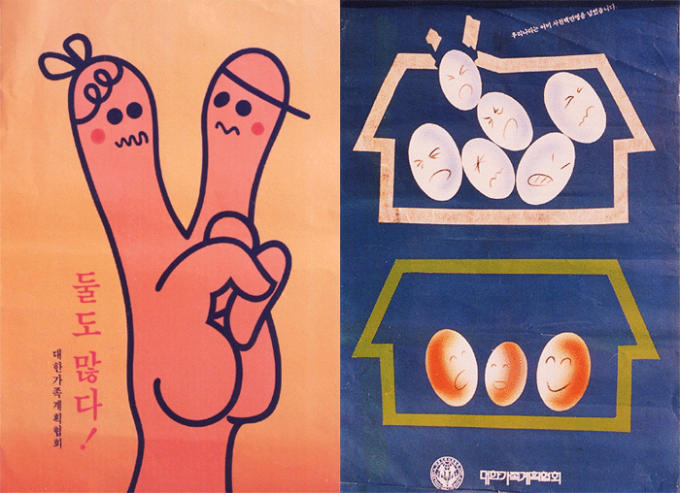Introduction
For this paper, I interviewed a person who was born during the 1950s and lived in South Korea up to the end of the 1980s. That way, an overall period of 30 years will be covered in this essay. My interviewee was Mi-young Park, who came from South Korea but had North Korean roots. Her family migrated during the Korean War and settled down in the suburbs of Seoul.
What Was Learned from the Interview
Mi-young was growing up in a country devastated by the war. The economic, social, and political situations were highly unstable. Most of the Korean people lived in poverty, many families were displaced or became homeless due to the ruination. Seoul itself has suffered a lot of destruction. The consumer culture of post-war South Korea was driven mainly by the need to survive. To get food supplies, people would visit the local street market. Since the industrial structure of the country was destroyed, the national income of South Korea was based mainly on agriculture. Mi-young points out that no luxury or convenience goods were available to the South Korean citizens of that time. She says that no one had cars or TV sets, and to wash their clothes, people were to the local river. As pointed out by Chua (2002), durable goods such as cars, washing machines, fridges, air conditioners, and phones were extremely rare in South Korean society during this period. For instance, in 1970, the percentage of TV set ownership in the country was only 6.6; 5 % of Koreans had fridges, and 2% of households had phones (Chua, 2002).
Another source of goods and supplies for the South Korean people were the missionaries and soldiers from the United States. Mi-young remembers that they were associated with the most adored treats, such as chewing gum and chocolate. Naturally, due to the devastated economy and the low coverage (not many households had a TV), the media were not as developed during the 1960s-70s. The most common way to advertise was through newspapers and billboards. In fact, the latter was especially popular.
Mi-young could not remember any advertisements for food, drinks, or convenience goods, but she spoke about another kind of advertising that used to be rather popular in South Korea at the time – social advertising. One of the most significant social issues of postwar South Korea was overpopulation (Turnbull, 2012). The collectivist culture and the traditions of the country dictated that the families have many children. Moreover, having many children was viewed as the way towards an improvement of the economy as the children were seen as future workers who will improve the harvest (Turnbull, 2012). In reality, the food was scarce; more and more families were starving and sending their members to search the local hills for edible roots and herbs to help the household survive.
Social advertising was used as a means to address this growing problem. First of all, the billboards were employed to change the views of society and promote smaller families with one or two children only. Secondly, abortion was introduced as a way to reduce population growth. However, due to the social values of the South Korean population of the time, male children were preferred to female ones, and then the practice of sex-selective abortion became widely spread (Turnbull, 2012). As a result, social advertising started to target both of these problems. The billboards with happy families of 3 or 4 people carried such slogans as “Let’s have a proper number of babies and raise them well!”, “Don’t discriminate between boys and girls!” and “Korea’s population has already exceeded 40 million!” (Turnbull, 2012).
Analysis
The messages of the South Korean social advertisements were delivered through a variety of techniques. For instance, the technique of claim was employed in the banners and billboard advertisements that stated that a happier family is a smaller family. The same advertisements can be characterized as the use of association technique where smiling and cheerful images of people were featured. That way, small families were associated with wellness, happiness, and good life. Moreover, the required social behavior (in this case, birth control) was promoted with the help of various incentives in the form of social benefits such as free medical services, housing loan priorities, financial support, to name a few. Large families were widely associated with overpopulation that was made a synonym of poverty, inconveniences, and slowed down economic growth.
Besides, many social advertisements of South Korea in the 1960s-70s were based on nationalism and patriotism. The citizens were motivated to pursue particular goals to help the country improve its economy, to gain a better and safer future. For that purpose, the idea of Korean wisdom was employed. The texts of the advertisements implied that South Korean people inherit some mysterious wisdom that will allow them to achieve higher living standards and defeat poverty (Turnbull, 2012).
The information learned from the interview with Mi-young explains the consumerist boom that happened in South Korea during the 1990s. In my opinion, the excessive consumption that developed in South Korean society after its economy recovered occurred due to two main causes. First of all, the South Korean citizens used to surviving in the devastated country lacked opportunities to purchase goods they really needed or wanted. That way, as soon as their household incomes improved, they were eager to consume as much as they could afford in order to make their lives happier and more content. Secondly, the strong impact of the United States and the capitalistic lifestyle facilitated the trends for consumption, and the imitation of the Western lifestyle that is so noticeable in modern South Korea and that is banned in communist North Korea. Overall, the perception of consumption as the main purpose of life that is so common in the United States was brought from the outside and introduced to South Korean people as a way of living of successful countries and happy people and then enforced by severe economic conditions, poverty, starvation, and overpopulation.


Interview Questions
- When were you born?
- What kind of era was that? What was the social and economic development o the country and the region where you lived?
- What was the life of society and in your area, particularly at that time?
- What did people buy? Where did the goods come from?
- What kind of goods and services was the most popular at the time?
- Do you remember any advertising in the newspapers, on TV, on the streets?
- What product or services were advertised?
- Why do you think these products or services were advertised so widely? Why were they popular?
Reference List
Chua, B. (2002). Consumption in Asia: Lifestyle and Identities. London, United Kingdom: Routledge.
Turnbull, J. (2012). Korean Family Planning Advertisements, 1960s-1980s — Are Today’s Young Couples Less Informed than Their Parents Were? Web.